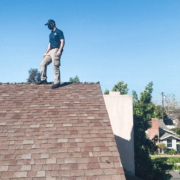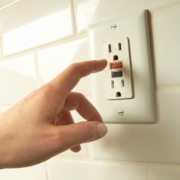If you own a home, you have a roof to take care of, and my guess is seven out of ten of you have an asphalt shingle roof. Here in the southland, asphalt shingles cover the vast majority of homes, and for a good reason. They are the least expensive option to choose from when shopping for a new roof and will get you fifteen to thirty years of good use if properly maintained.
You have a few types of shingles out there to choose from. A very popular option is called a three-tab shingle. It’s the lightest weight and least expensive of the options and will typically yield 15-20 years of good life.
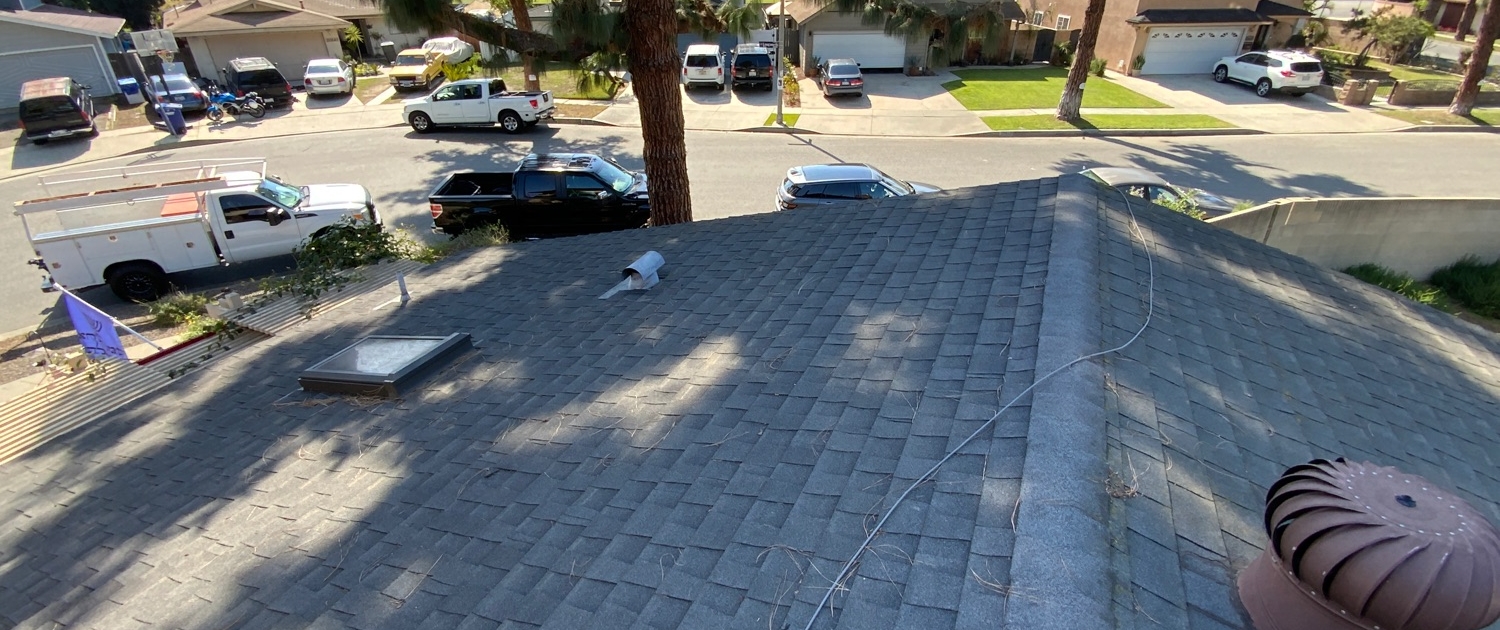
Another type is what is called an architectural shingle. Next time you drive through your neighborhood, take a look at the roofs in the area. When you see a roof with a neat-looking pattern, you know you are looking at an architectural asphalt shingle. These shingles are typically a lot thicker than the three-tab shingle. They are more durable, too, often boasting an expected lifespan of thirty years or more.
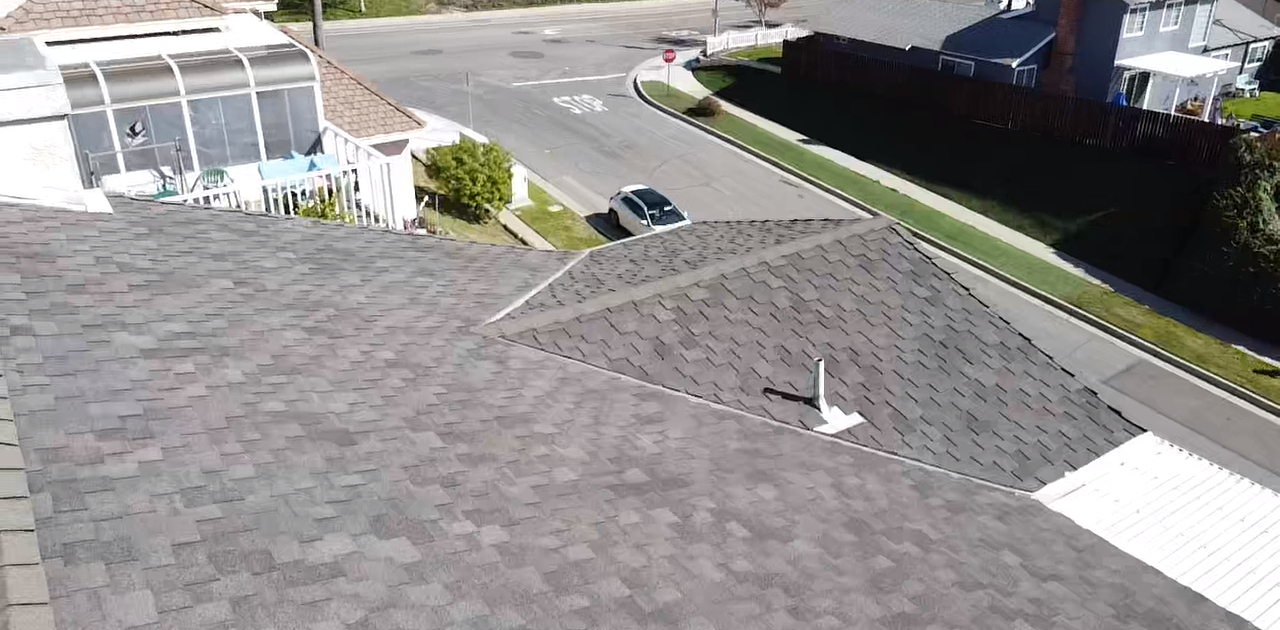
Asphalt shingles are an excellent roofing material but are not immune to problems either. Roofs can leak when it rains and will eventually become damaged by the elements. Strong winds can rip shingles off and throw debris from trees onto the roof, causing damage, and UV rays from the sun will deteriorate the surface over time. I recommend setting a ladder at the eaves of your roof and taking a good look at it about twice a year. Finding and identifying small problems now, will help you prevent big expensive issues later. Remember, there is no convenient time to discover a roof leak.
What to look for
When you take a look at your roof, I want you to pay attention to the following. Search for nails that are sticking through your shingles; there shouldn’t be any exposed fasteners. Exposed nails can allow water to slowly creep through the shingles and into the roof sheathing allowing moisture damage to occur.
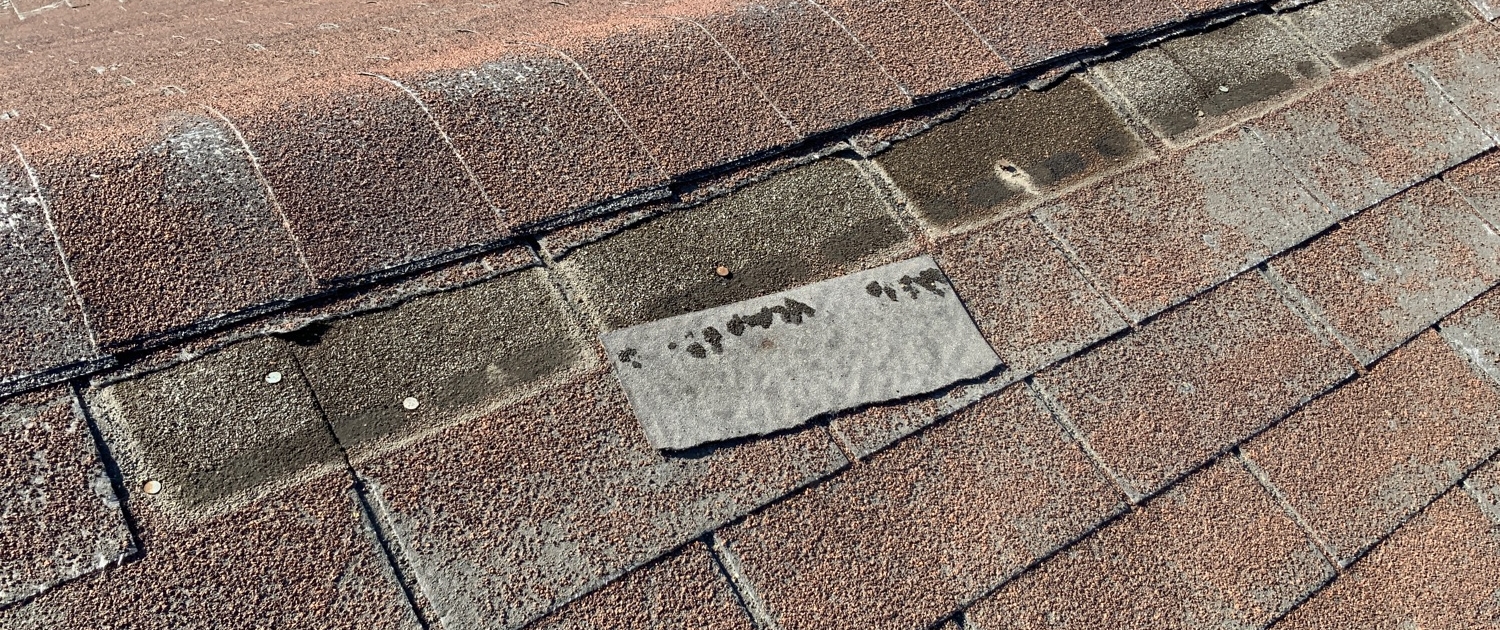
Furthermore, look for cracked or missing shingles. Strong winds can rip off older shingles that have been weakened by years of exposure to the elements. A missing shingle is a significant issue when it comes to water-shedding capabilities. If you find any damaged shingles, I recommend contacting a licensed roofing contractor to replace any affected shingles.
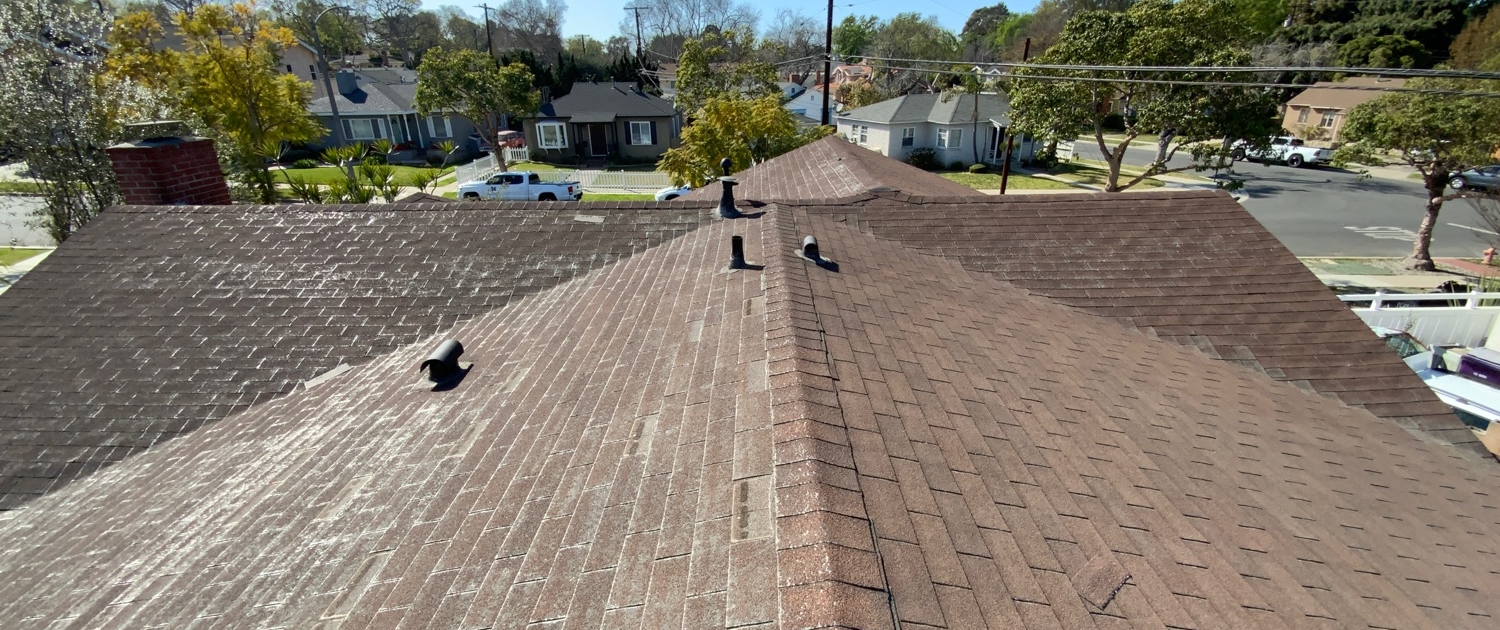
Lastly, I want you to look at the overall condition of the roof covering. You should check for general wear and loss of the granular material covering the shingles. Shingles that are starting to lose the rough sand like material on top will age faster and faster as the material gets washed away by wind and rain. When you see areas of the asphalt roof covering that look shiny when the sun hits it, you should start thinking about budgeting for repairs or replacement. Shingle roofs that look shiny have lost a considerable amount of granular material and are about at the end of their lifespan.
As a homeowner I recommend you integrate a periodic roof check into your yearly home maintenance plans. Catching small issues now will go a long way to ensure your home is in top shape for years to come.

